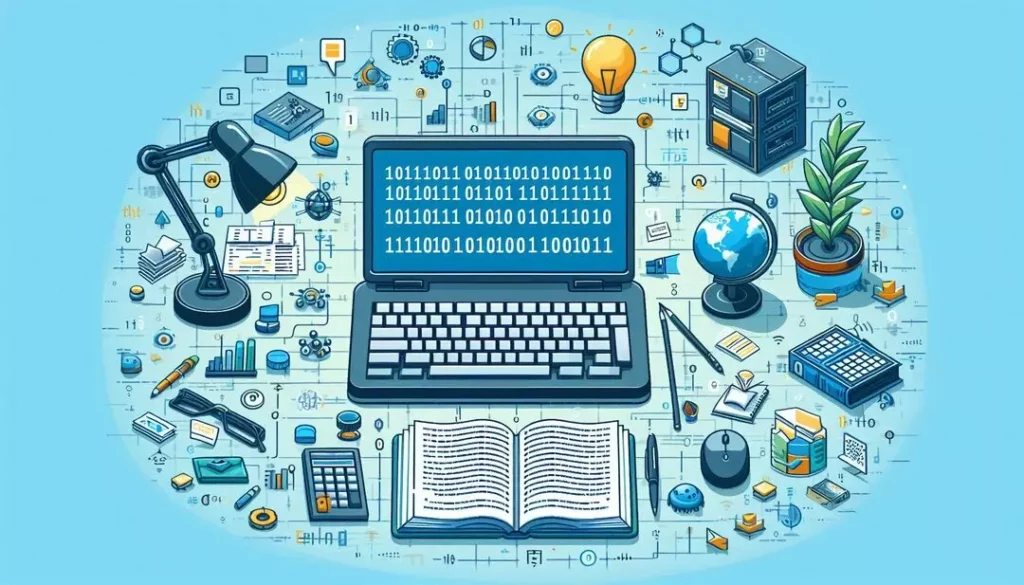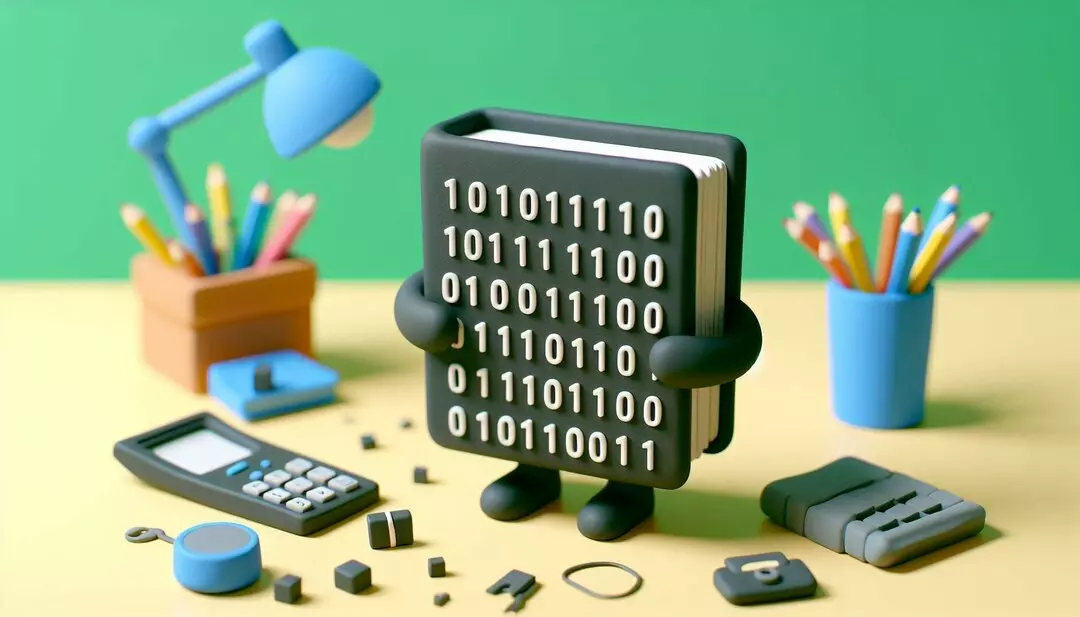In the intricate realm of electronics, circuits communicate through Language of Computers. Electrons and devices communicate through digital signals. Here lies the fundamental language of binary code. This language, composed of ones and zeros, forms the bedrock of digital systems, shaping how information is represented, processed, and transmitted. Understanding binary code is akin to deciphering the blueprint of electronic communication, and at the heart of this endeavor lies the binarytranslator.info—a powerful tool that unlocks the secrets encoded within the binary language.
Understanding Binary Code: The Language of Ones and Zeros
Before delving into the intricacies of binary translators, it’s essential to grasp the essence of binary code itself. Our Familiar decimal system utilizes ten digits (0-9). The binary language system relies solely on two symbols 0 and 1 for representing data and instructions. These binary digits, or bits, serve as the elemental units of digital information. Through the arrangement of bits in various sequences, binary code can represent numerical values, characters, and complex instructions with remarkable precision and efficiency.
It is the fundamental language of digital computing and is based on the binary numeral system, which uses powers of 2 to represent numeric values.
Decoding the Binary Language of Computers
Deciphering binary code requires a fundamental understanding of its underlying principles.
Each digit (or bit) in a binary number represents a power of 2.
The rightmost bit represents 2^0, the next bit to the left represents 2^1, then 2^2, and so on.
The binary number system uses only two digits: 0 and 1.
Each digit in a binary number is called a bit (short for binary digit).
Example on Binary Numbers:
The binary number 1010 represents the decimal number (1 * 2^3) + (0 * 2^2) + (1 * 2^1) + (0 * 2^0) = 10.
The binary number 1110 represents the decimal number (1 * 2^3) + (1 * 2^2) + (1 * 2^1) + (0 * 2^0) = 14.
In computers, all data and instructions are ultimately represented using binary language, as digital circuits operate based on the presence or absence of electrical signals, which can be conveniently represented by ‘0’ and ‘1’. Binary language forms the basis of machine language, which is the low-level programming language directly understood by computers. Higher-level programming languages, such as C, Java, and Python, are eventually translated into binary instructions for execution by the computer’s hardware. Mastery of binary arithmetic empowers individuals to interpret and manipulate binary data with ease, unlocking the vast potential of digital systems.
Binary Translators: Bridging the Gap Between Human and Machine
While comprehending binary code is essential, the true power lies in the ability to translate it into actionable information. This is where binary translators emerge as invaluable assets in the realm of basic electronics. Binary translators, whether implemented as software algorithms or hardware devices, serve as intermediaries between human operators and digital systems. They facilitate the conversion of binary code into human-readable formats and vice versa, enabling seamless communication and interaction with electronic devices.

Applications of Binary Translators in Basic Electronics
The applications of binary translators span a broad spectrum within the field of basic electronics. In microcontroller programming, for instance, binary translators play a pivotal role in converting high-level programming languages, such as C or Python, into binary machine code. This process enables microcontrollers to execute tasks ranging from controlling sensors to driving actuators, forming the backbone of countless electronic systems.
Furthermore, binary translators find extensive use in digital signal processing (DSP), where they facilitate the implementation of complex algorithms for audio processing, image manipulation, and data compression. By converting DSP algorithms into executable binary instructions, translators empower digital devices to process and manipulate signals with precision and efficiency.
Future Perspectives and Innovations
As technology continues to advance, the role of binary translators in basic electronics is poised to evolve further. With the proliferation of Internet of Things (IoT) devices, embedded systems, and artificial intelligence (AI) applications, the demand for efficient binary translation mechanisms will only continue to grow. Innovations in software algorithms, hardware accelerators, and machine learning techniques hold the promise of unlocking new frontiers in binary translation, enabling even greater integration and sophistication within electronic systems.
Binary Language of Computers Conclusion
In the dynamic landscape of basic electronics, the binary translator stands as a beacon of innovation and discovery, unlocking the language of binary code and empowering individuals to harness its transformative potential. From microcontroller programming to digital signal processing, binary translators serve as indispensable tools, bridging the gap between human intuition and digital reality. As we continue to explore the frontiers of electronic communication, the binary translator remains a steadfast companion, guiding us on our journey of discovery and innovation.

